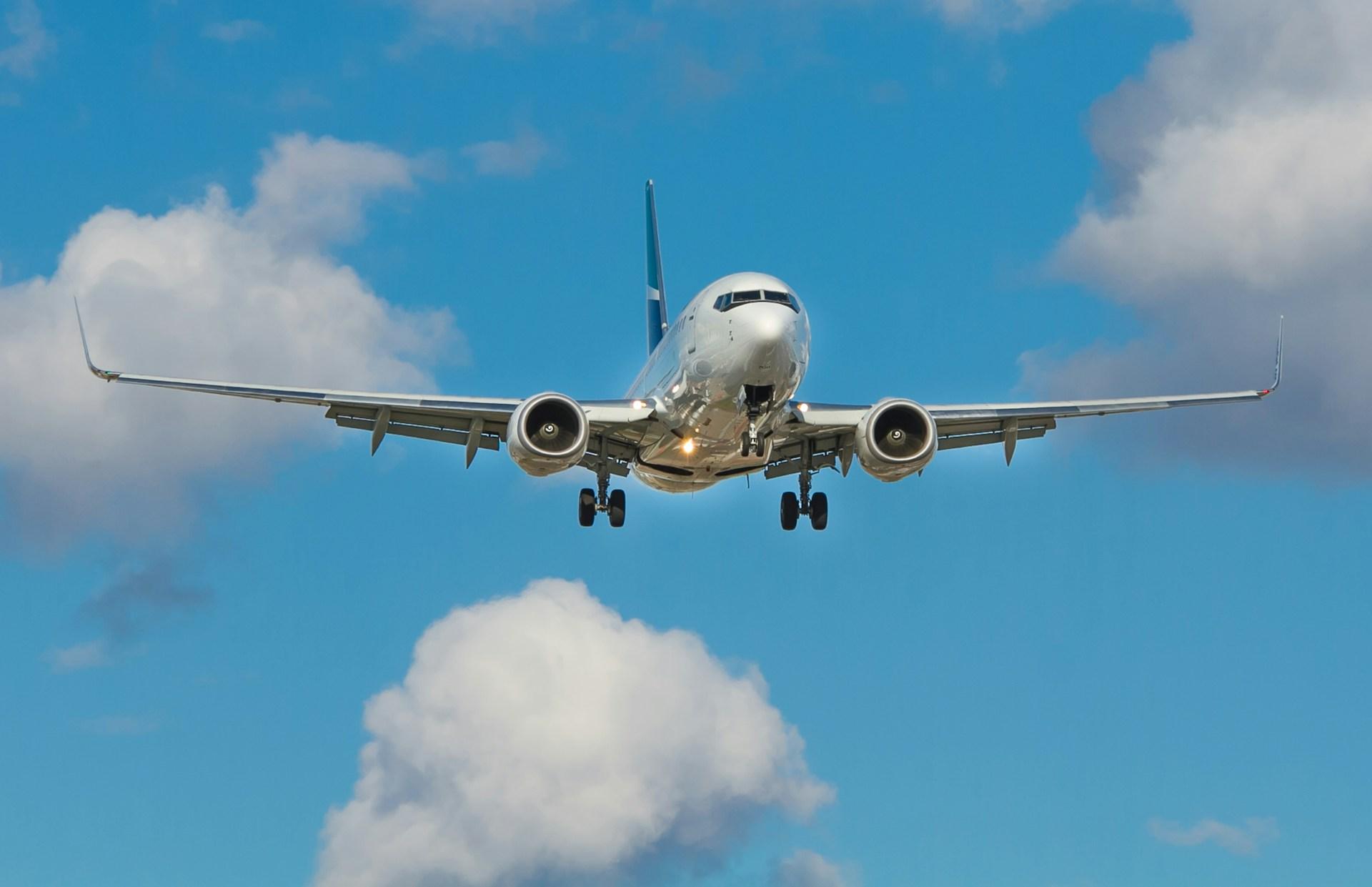Have you ever thought about what happens if someone dies on a plane? Probably not.
If you are going on holiday all you think about is packing the best outfits and fantasising about the good time you will have in your destination.
If it is a work trip, you are probably excited, or just can't wait to get it over with.
Aeroplane deaths are extremely rare. Unless it is a crash, which also doesn't always happen. We don't hear news of people dying on the plane every day.
Medical emergencies are also rare but according to a study conducted by the New England Journal of Medicine, they do occur at least once in every 600 flights.
The most common types of medical emergencies that occur include heart troubles, nausea, respiratory problems and fainting. Of these medical emergencies, it rarely ends in death, and the worst outcomes only take place about 0.3% of the time.

You might have heard that crew members stash the dead body in the lavatory, or that pilots automatically make emergency landing.
Well, none of these is true.
The Federal Aviation Administration (FAA) requires all aircraft to be fitted with medical equipment and kits in case of emergencies. It also requires flight attendants to be trained for medical emergencies.
Surprisingly, that’s just about it. The FAA doesn't offer much guidance for inflight medical deaths. So, most airlines make their own rules when the emergency kits and the medical training don't prevent death.
The International Air Transport Association (IATA), a body that represents the world’s aviation companies, recommends continued CPR by the flight crew members on the passenger for up to 30 minutes.
Crew members also usually ask for assistance from any medical professionals or doctors who might be on board. This is especially important because only a doctor can legally declare the death of the passenger.
If no doctors are on board, and the passenger is unconscious, not breathing, or unresponsive, they can only be presumed dead.
The flight crew will then immediately notify the cockpit so that the captain can alert the destination airport of the emergency and prepare the relevant authorities to be present upon landing.
They will also try to contact a medical organisation from the ground that can offer assistance through the situation. The doctors on the ground can advise the pilot on what to do next. For example, if an emergency landing is necessary or not.
In most cases, it is determined that there is no point in diverting the plane from its initial destination, especially since it won't change anything if the passenger is presumed or declared (by a qualified physician on board) already dead.
Whatever the case, the crew has to take care of the body for the rest of the flight. According to IATA, they should move the body where there are no or very few passengers such as to the business class.
If the flight is full, moving the body to another seat will be impossible. In this case, IATA recommends keeping the body in their own seat, covered up to the neck. The crew can use restraining equipment like a seatbelt to hold it in an upright position.
Upon landing, everyone except the (dead) passenger and whoever was travelling with them alight first. Medical professionals, airport authorities and other relevant authorities can then take over.
In any case, the most important thing is preserving the dignity of the deceased and exercising compassion.
If you want the latest information on the best Hotel Executive Club Lounges, Hotel Kids Clubs and other travel information, be sure to sign up for our free newsletter full of tips and great travel ideas.